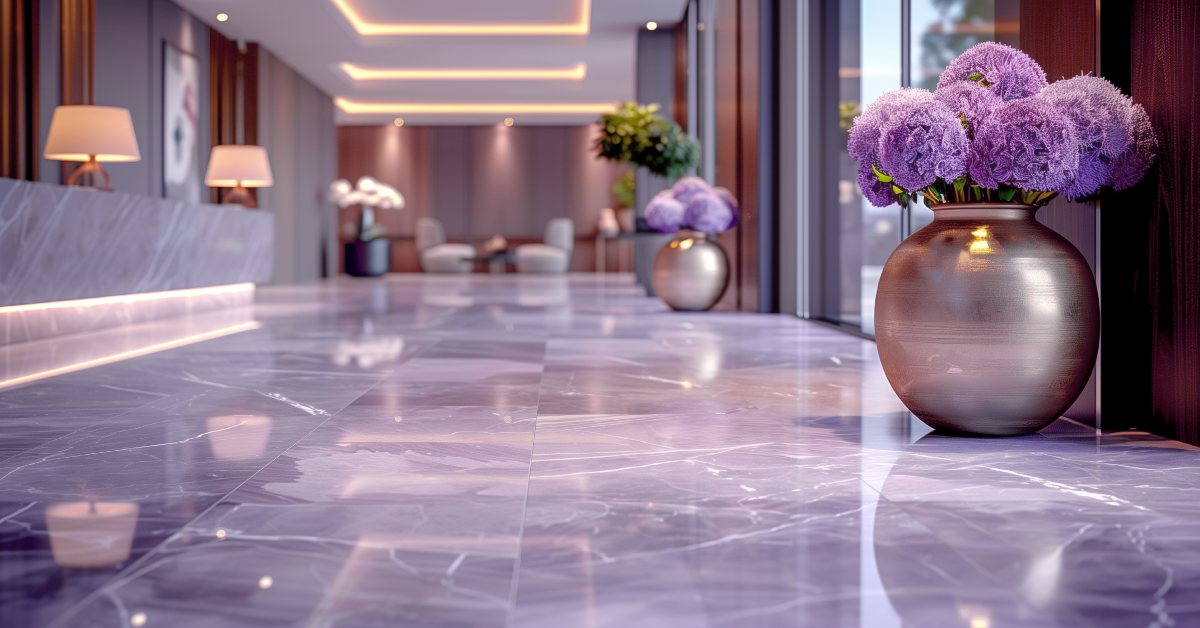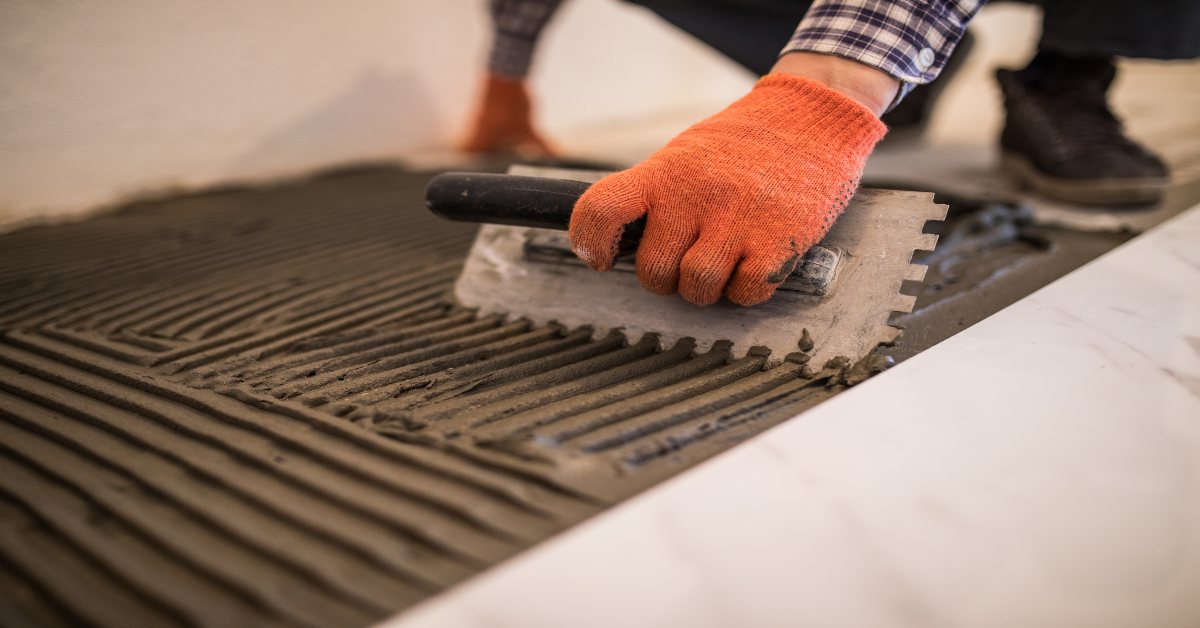Tile vs Natural Stone: Understanding the Difference
Updated : 2 months ago
.jpg)
When it comes to flooring or wall finishes, two popular choices that often confuse people are tiles and natural stones. Both add beauty and functionality to a space, but they differ in many ways. Knowing these differences can help you make a better decision for your home or workspace.
Basic Differences
• Composition:
Natural stone is sourced directly from the earth, in forms like marble, granite, slate, and limestone. Tiles, on the other hand, are man-made using materials like clay and silica.
• Appearance:
Every piece of natural stone is unique with its own colour, pattern, and texture. Tiles can mimic this look but are more uniform in design.
• Durability:
Stones are strong and long-lasting but often porous, which means they need sealing to stay protected from stains and moisture. Tiles are comparatively less porous and easier to maintain.
• Maintenance:
Stone needs more care, including sealing and using the right cleaners. Tiles are much simpler to clean and look after.
• Cost:
Natural stones are usually more expensive as quarrying and processing them takes more time and labour. Tiles are more budget-friendly.
• Installation:
Because of their irregularities, natural stone installation requires skilled hands and more time. Tiles, being uniform, are easier and quicker to install.
Manufacturing Process
• Natural Stone:
Stones are extracted in large blocks through quarrying. They are cut into slabs or tiles, polished, and sometimes given treatments to enhance strength and appearance.
• Tile:
Raw materials like clay and talc are finely ground, shaped into tiles, dried, and fired at high temperatures. They may be glazed for protection and decoration. Some tiles even have printed patterns for a stylish finish.
Installation
• Tiles:
Ready-made in standard sizes, tiles are simpler to install and more cost-effective. The process is faster and requires less labour.
• Natural Stone:
Installing stone is complex, involving careful cutting, polishing, sealing, and specialised labour. Due to its weight and rigidity, the process is more time-consuming and expensive.
Maintenance
• Natural stone materials are porous and require regular maintenance to fill the pores and make the material resistant to water and stains.
• The sealer and fillers will need to be reapplied periodically, depending on what type of natural stone material you go with.
• Tiles are non-porous in nature, hence, they are less susceptible to staining. However, they are not as durable as natural stones.
• Hence, the natural stone is more long-lasting than ceramic when cared for on a periodic basis.
Conclusion
Both tiles and natural stones have their own advantages. The right choice depends on the look, budget, and durability you want for your space.
At RachTR, we offer a wide range of solutions for both tiles and stones. From strong adhesives for tile and marble, to cleaners, densifiers, and sealers for natural stone - our products ensure long-lasting results.
Explore our complete range on our website and choose the right support for your surfaces.
60 views
60
0 comments
0












Comments